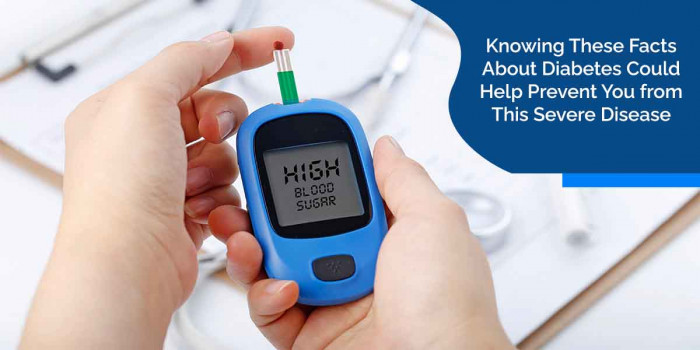Fibromyalgia: Signs, Causes & Treatment of the Chronic Musculoskeletal Pain
Fibromyalgia is the 2nd most common cause of the musculoskeletal disorder. Often misdiagnosed and misunderstood, it is more common in women. Read more.

Fibromyalgia is a chronic (long-term) disorder or muscle pain that is not a life-threatening illness. It is the second most common condition affecting bones and muscles. Research suggests that fibromyalgia increases painful sensations by affecting how the brain and spinal cord process painful and non-painful signals.
It is a pain syndrome that usually affects 2-4% of people, especially women. Widespread muscle & joint pain is one of its major symptoms, and its cause is not known. The treatment of this medical condition is lifestyle changes, medications, and self-care strategies. Know more about fibromyalgia here.
Common Trigger Points
A study finds that some people who got diagnosed with fibromyalgia faced widespread pain and tenderness in at least 11 of 18 trigger points around the body. The doctors check how many points feel painful when pressed firmly.
The trigger/tender points or areas of the tenderness of fibromyalgia are:
- Upper chest
- Knees
- Tops of the shoulders
- Hips
- The back of the head
- Outer elbows
However, these trigger points are not a part of the diagnostic process anymore.
Signs and Symptoms of Fibromyalgia
It may feel similar to osteoarthritis, bursitis, and tendinitis. Symptoms of fibromyalgia can make the body feel all achy, and the classic symptom is pain and stiffness at various points in some parts of the body. Here are some more symptoms:
- Muscle pain, burning, twitching, or tightness
- Fatigue, malaise, or tiredness
- Fibro fog or brain fog in which a person faces trouble in concentrating and remembering things
- Sleeping disturbance or insomnia
- Feeling nervous, worried, or depressed
- Low pain threshold and tender points
- Cognitive problems like lacking focus, concentration, or paying attention to something.
Other symptoms include experiencing headaches, anxiety, bloating, depression, pain in the lower abdomen, frequent urination, cold, flu, bladder problems, weight gain, dizziness, skin problems, dry eyes, numbness or tingling in your face, arms, hands, legs, or feet, sensitivity to cold, heat, light, or sound, dry mouth, nose & eyes, constipation, diarrhea, Postural tachycardia syndrome, Temporomandibular joint disorder, and irritable bowel syndrome.
These symptoms can appear at any time during the individual’s life but are usually seen around the age of 45.
Causes & Risk Factors of Fibromyalgia
The exact causes are unknown, but it most likely includes multiple risk factors like:
- Genetics: As per researchers, certain gene mutations are more likely to develop it.
- Gender: Women are more likely to get fibromyalgia.
- Physical or emotional pain or strain: You are more likely to get it. And PTSD is commonly linked to it.
- Painful disease: People having arthritis or an infection are at more risk.
- Mood disorders: Stress can have enduring effects on the body and has been linked to hormonal changes that contribute to fibromyalgia.
- People with other health conditions like lupus, CNS problems, etc. are more likely to have it.
Complications
The fatigue, pain, or poor sleep quality linked with can affect the ability to function at home or work. The frustration of dealing with an often-misunderstood condition can also cause anxiety and even depression.
Diagnosis
As a part of the diagnostic process of fibromyalgia, the doctors analyze 18 or 19 specific points in five tender regions are axial and left & right upper and lower regions. Also, he/she may ask about the medical history of you and your family members. The probable tests are:
Blood test: It helps check hormonal levels, Erythrocyte sedimentation rate, Cyclic citrullinated peptide test, Rheumatoid factor, Thyroid function tests, Anti-nuclear antibody, Celiac serology, and Vitamin D levels.
An X-ray and other lab tests or imaging scans can help eliminate other possible causes of chronic pain and other symptoms.
Treating Fibromyalgia
The treatment of fibromyalgia includes medications and self-care strategies. These medications may be antidepressants, pain relievers, or anti-seizure drugs. Opioid medicines are not recommended as they may cause side effects. Various therapies can help in decreasing the effect of fibromyalgia has on the body and life.
Physical therapy can help improve exercises, strength, and stamina. Also, occupational therapy can help in making adjustments to the work area or how you perform certain tasks to reduce stress on the body. Counseling can help boost your self-faith and confidence and also tackle stressful situations.
Conclusion
Regular moderate exercise and following dietary measures can help maintain a healthy weight and promote a good lifestyle and thus improve the symptoms of fibromyalgia. Besides fibromyalgia, myofascial pain syndrome is also a painful condition that affects a particular muscle or a group of muscles.
Popular Posts
10 Amazing Lessons You Should Learn From Mr Olympia Jeremy Buendia
Jeremy Buendia is an fitness inspiration for people from all over the world, there is a reason why he has been so successful at what he has been doing. Don’t look for the reasons take some lessons from the fitness sensation right here, that can change your lives.
Ethan Stephans
Why Are Pubic Hair Thicker Than Body Hair?
As children we always had several questions about our bodies, which were alien to us, this post is to serve a decade-long curiosity of young boys/girls about their pubic hair and its texture.
Augustus Perez
7 Sleeping Tips That Every Woman Should Follow During Pregnancy
Pregnancy is not easy. Pregnant women experience a lot of changes in their bodies, like increased stomach size, frequent urination, and sleeping discomfort.
Still Unfold








